That sinking feeling when you flush and the water starts rising instead of falling—we’ve all been there. It’s a moment of pure panic. But before you call an expensive plumber or start freaking out, I want you to take a deep breath. In most cases, learning how to unclog a toilet is a simple fix that you can absolutely handle yourself.
This guide is written for everyone. No confusing jargon, no complicated tools. Just simple, clear instructions to get your toilet back in working order in minutes. We’ll walk through the process together, step-by-step.
“A clogged toilet feels like a disaster, but it’s usually just a puzzle waiting for the right, simple solution. With a good plunger and a little bit of know-how, you can solve 90% of toilet clogs yourself and save a lot of money.”
A Plumber’s Take on How to Unclog a Toilet Yourself
Hi, I’m John. For over 20 years, I worked as a licensed plumber, and I’ve seen every kind of toilet clog imaginable. From toys flushed by toddlers to simply too much toilet paper, I’ve handled it all. I created this guide because I believe home maintenance shouldn’t be scary or expensive.
The truth is, you don’t need to be a professional to learn how to unclog a toilet. All you need is a little guidance from someone with experience. I’m here to be that guide, to show you the exact methods we pros use so you can feel confident and in control. Let’s get that water flowing the right way again.
How to Unclog a Toilet with a Plunger (The Go-To Method)
This is the classic, most effective method for a reason. Follow these five steps carefully for the best way how to unclog a toilet.
Step 1: Prepare Your Bathroom (and Yourself!)

The first part of how to unclog a toilet safely is to prevent a messy situation from getting worse.
- Lay down old towels or newspaper around the base of the toilet. Splashes can happen!
- Put on rubber gloves. It’s just good practice.
- Ensure good ventilation. If you have a fan, turn it on. If not, open a window.
Step 2: Stop the Water Flow

This is the most important step to prevent an overflow. Do not flush again!
- Take the lid off the toilet tank and set it down carefully.
- Reach inside and press down on the flapper. The flapper is the round rubber stopper at the bottom of the tank. This will stop more water from entering the bowl.
- For extra safety, find the water shut-off valve on the wall behind the toilet and turn it clockwise until it stops.
Step 3: Use the Plunger Correctly

Not all plungers are the same. For a toilet, you need a flange plunger (the one with the extra rubber flap that folds out), not a flat cup plunger.
- If there isn’t enough water in the bowl to cover the rubber head of the plunger, pour in some water from the sink. The plunger needs water to work, not air.
- Lower the plunger into the bowl at an angle to fill it with water.
- Fit the flange directly into the toilet drain hole. You want to create a perfect seal around the hole.
Step 4: The Plunge

Now for the main event.
- Grip the plunger handle with both hands.
- Push down gently for the first plunge. This pushes the air out.
- Now, begin plunging vigorously in an up-and-down motion for about 20 seconds. Focus on pulling up as much as pushing down. This uses water pressure to dislodge the clog.
- Keep the seal tight! If you break the seal, you’ll lose pressure.
Step 5: Flush to Test

- After a good set of plunges, pull the plunger out quickly. The water should rush down the drain.
- If it looks like the clog is gone, it’s time to test it. Turn the water valve back on (if you turned it off).
- Give the toilet a normal flush. If this attempt at how to unclog a toilet was successful, you’re done!
- If it flushes successfully, you did it! If it’s still sluggish or clogged, repeat the plunging process one or two more times.
7 Pro Tips for Unclogging a Toilet Faster
- Use the Right Plunger: A flange plunger is a must-have for toilets. The flat cup plungers are for sinks and won’t create a proper seal.
- Add Hot Water: Before plunging, pour a bucket of hot (not boiling!) water from waist height into the bowl. The heat and pressure can help break down the clog.
- Soften the Plunger: Run your plunger under hot water for a few minutes before using it. This makes the rubber more flexible and helps create a better seal.
- Create a Seal: For a better seal, you can apply a bit of petroleum jelly to the rim of the plunger flange.
- Listen for the Gurgle: As you plunge, listen for the sound of water moving. A final “gurgle” often means the stubborn clog has been cleared.
- Patience is Key: A key part of knowing how to unclog a toilet is patience; give it a few rounds of plunging.
- Check Other Drains: If other drains in your house (like the shower) are also slow, the problem might be in your main sewer line, which requires a professional. You can learn more about home plumbing systems from authoritative sources like The Home Depot’s plumbing guides.
3 Mistakes to Avoid When You Unclog a Toilet
- Using Harsh Chemicals: Liquid drain cleaners are often too harsh for toilets. They can damage your pipes and porcelain, and they’re dangerous if they splash on you.
- Flushing Repeatedly: If the toilet didn’t flush the first time, flushing again will only add more water to the bowl and cause a messy overflow.
- Using Boiling Water: Pouring boiling water directly into a ceramic toilet bowl can cause it to crack due to the extreme temperature change. Stick to hot tap water.
How to Unclog a Toilet Without a Plunger: 2 Easy Methods
If the plunger method fails, don’t worry. There are other effective ways how to unclog a toilet using simple household items.
Method 1: The Dish Soap & Hot Water Trick
This is a great, gentle approach for those learning how to unclog a toilet.
- Squeeze a generous amount of liquid dish soap (about half a cup) into the toilet bowl.
- Let it sit for 20-30 minutes. The soap will sink and lubricate the clog and the pipes.
- Add Hot Water. Gently pour a bucket of hot tap water into the bowl from about waist height.
- Wait. Let it sit for another 20-30 minutes. Often, you’ll see the water level drop on its own as the clog clears.
Method 2: The Baking Soda & Vinegar Volcano
This method uses a chemical reaction to fizz and break apart the clog.
- Remove as much water from the bowl as you can.
- Pour one cup of baking soda directly into the toilet bowl, making sure it gets down the drain.
- Slowly pour two cups of white vinegar after it. The mixture will fizz and bubble up—this is normal!
- Let it work for at least 30-60 minutes (or even overnight for a tough clog).
- Flush to see if the clog has cleared.
Troubleshooting a Clogged Toilet: When to Call a Pro
You’ve tried every DIY method for how to unclog a toilet, but the water still won’t go down. It might be time to call a professional if:
- You’ve tried all the methods above, and nothing works.
- You suspect a hard object (like a child’s toy) is stuck in the drain.
- Multiple fixtures in your house are clogged at the same time.
- Water is backing up in your shower or sinks when you flush the toilet.
There’s no shame in calling for help! A pro can use a plumbing snake (or auger) to clear deep or solid obstructions safely. Sometimes, a persistent clog can also be a sign of other issues, like a running toilet, that need an expert eye.
Conclusion: You’ve Mastered How to Unclog a Toilet!
Facing a clogged toilet is stressful, but now you have the knowledge and confidence to tackle the problem head-on. By understanding how to properly use a plunger and knowing a few backup tricks, you can handle most blockages yourself.
You’ve learned how to unclog a toilet and saved money. Bookmark this page for the future—you never know when you or a friend might need it! If this guide helped you, check out our other helpful home repair articles, please visit HowtoResults.
FAQs
How do you unclog a toilet when a plunger doesn’t work?
If a plunger fails when you’re trying how to unclog a toilet, try the dish soap and hot water method or the baking soda and vinegar method.
How do you unclog a toilet with poop in it?
The process for how to unclog a toilet with poop in it is exactly the same. Use a flange plunger to create a seal and plunge vigorously.
Can a toilet unclog itself?
Sometimes, yes. If the clog is made of only organic, water-soluble material, it may break down and clear on its own over several hours. However, it’s not guaranteed and it’s faster to intervene.
What dissolves a toilet paper clog?
Hot water and dish soap are very effective. The hot water helps break down the paper fibers, and the soap acts as a lubricant to help it slide down the pipes.
How long does it take for a toilet to unclog with baking soda and vinegar?
You should let the mixture sit for at least 30 to 60 minutes. For very stubborn clogs, letting it sit for several hours or even overnight can yield better results.
Is it bad to flush a clogged toilet multiple times?
Yes, it is very bad. Flushing a clogged toilet again will add the full volume of water from the tank into the already full bowl, almost certainly causing it to overflow onto your floor.
Can I pour boiling water down the toilet?
No, you should not use boiling water. The extreme heat can cause the cold porcelain of the toilet bowl to crack, leading to a much more expensive problem. Hot water from your tap is safe.
What do plumbers use to unclog toilets?
Plumbers typically use a professional-grade toilet auger (also called a closet auger or snake). It’s a flexible tool that can be pushed down the drain to physically break up or retrieve a hard obstruction.
When should I call a plumber for a clogged toilet?
Call a plumber if you’ve tried all DIY methods without success, if you think a solid object is lodged in the toilet, or if multiple drains in your home are backing up at once.
How do you unclog a toilet without a plunger?
The most popular plunger-free method is using a combination of dish soap and hot water. The baking soda and vinegar mixture is another effective, plunger-free alternative.




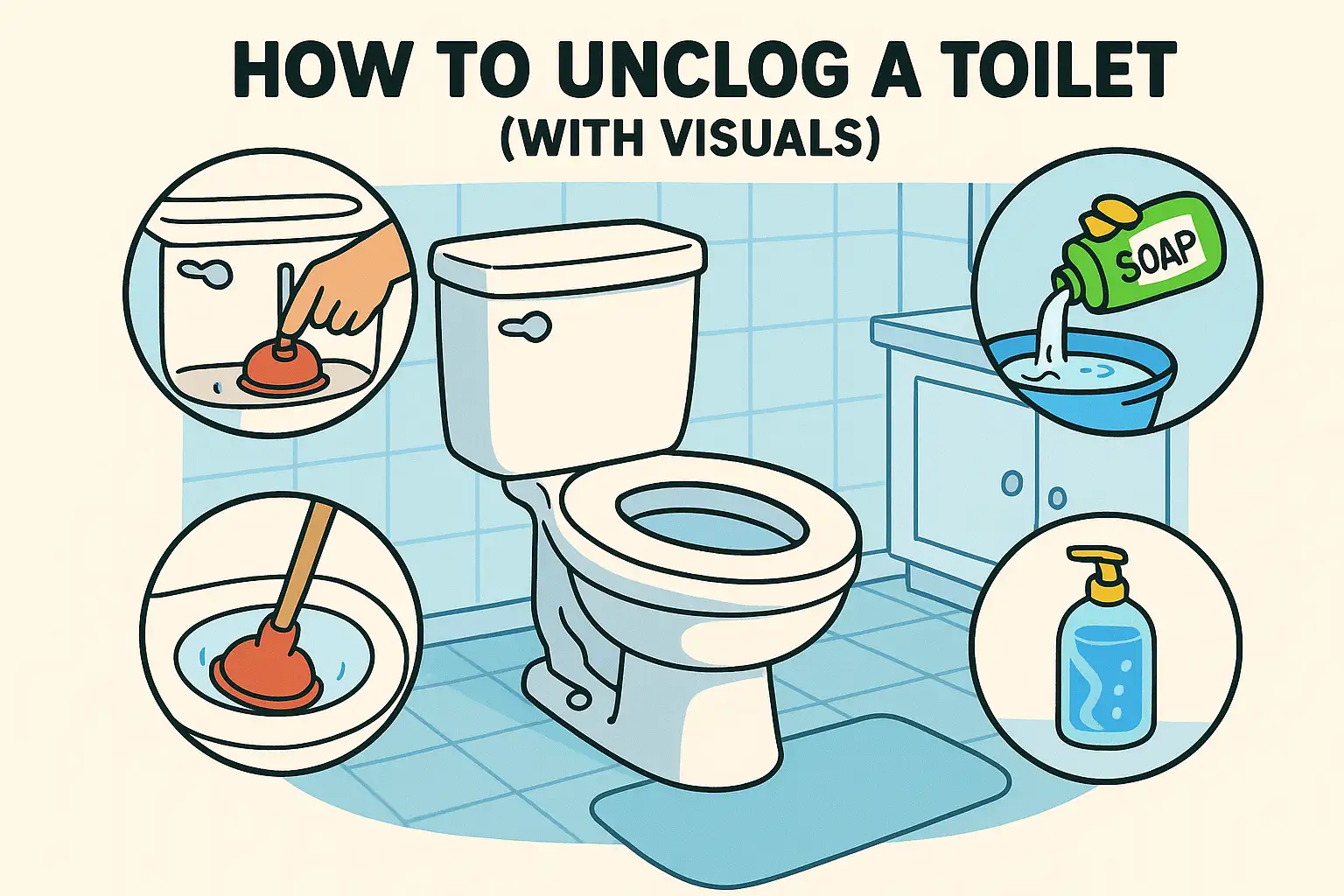






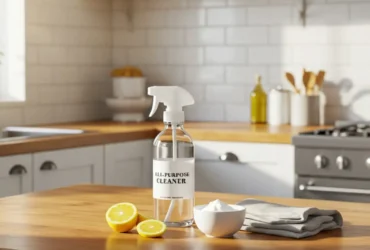
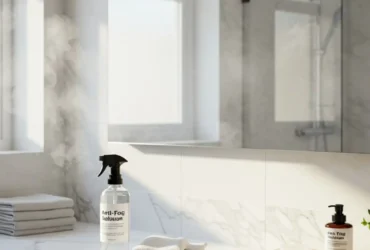
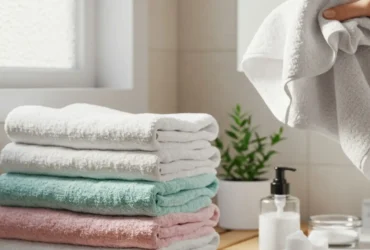
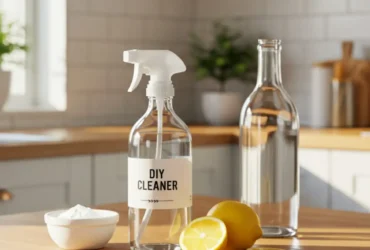


Leave a Reply